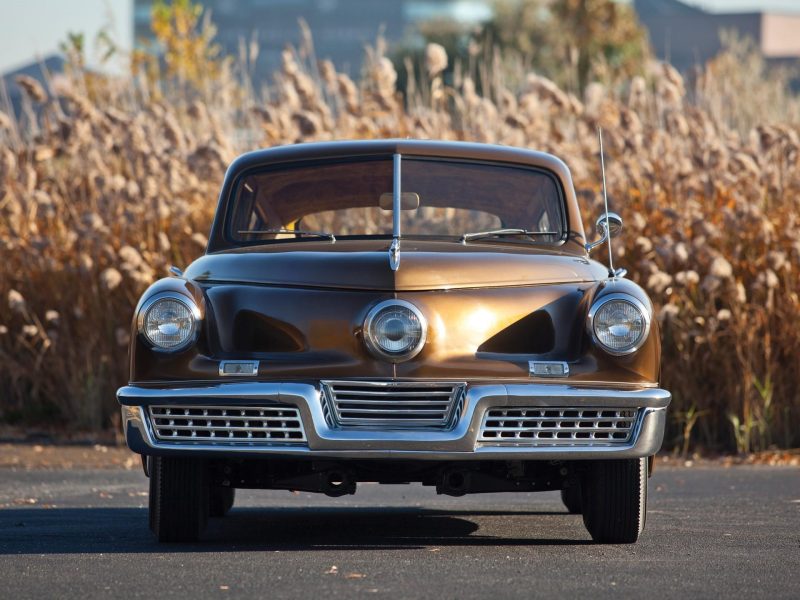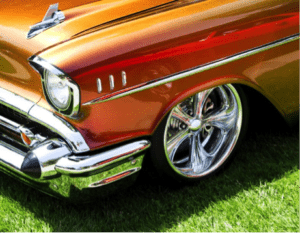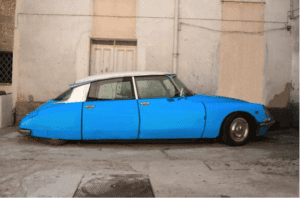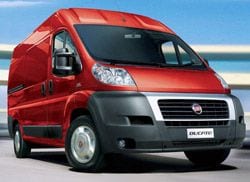
Cars from the 1950s to the 2000s
In 1954, post-war America was booming. More families than ever before could afford family cars. It was a bold decade filled with bold cars, luxurious chrome cars that reflected all the optimism and progress of the 50s. All of a sudden everything sparkled!
The more cars, the greater the need for high-quality, reliable and affordable car service. This is how Chapel Hill tires came into being and we were happy to serve.
The world and its cars may have changed in the 60 years since we were founded, but we have continued to provide the same first-class service over the years. As the cars changed - and oh my god, they changed! Our experience has kept up with the changing service needs of the North Carolina Triangle.
As we celebrate the 60th anniversary of Chapel Hill Tire, let's take a look at the automotive retrospective, starting with the glory days of Detroit and going right through the hybrid fleet of Chapel Hill Tire's future.
1950s

The growing middle class wanted more beautiful cars, and the auto industry was obliged. Turn signals, for example, have gone from being a luxury add-on to a standard factory model, and independent suspension has become commonplace. However, safety was not yet a major issue: the cars didn't even have seat belts!
1960s

The same decade that brought the countercultural revolution to the world also introduced cars that would become an icon across America: the Ford Mustang.
You can see that chrome was still important, but car design got sleeker - the 60s introduced the compact car concept, an important part of this decade's infamous muscle car design.
1970s

As car sales skyrocketed in the 50s and 60s, so did the number of car-related deaths. By the 1970s, the industry was actively trying to solve this problem by introducing four-way anti-skid systems (you know them as anti-lock brakes) and airbags (though they didn't become standard until the 944 Porsche 1987). As fuel prices rose, aerodynamic design became more important, and cars began to look like they were in space!
But no matter how innovative they were, the 70s were almost the death of the American automotive industry. The "Big Three" American automakers - General Motors, Ford and Chrysler - began to be squeezed out of their own market by cheaper and more efficient imported cars, especially Japanese ones. This was the era of Toyota, and its influence has not yet left us.
1980s

The age of strange hair also brought with it a strange car: the DeLorean DMC-12, made famous by the Michael J. Fox film Back to the Future. It had stainless steel panels and fenders instead of doors and arguably epitomized that strange decade better than any other car.
Automotive engines have also been rebooted as electronic fuel injectors have replaced carburetors, in part to meet federal emissions standards.
1990s

Two words: electric vehicles. Although electric vehicle projects have been around for about a century, the Clean Air Act of 1990 encouraged car manufacturers to develop cleaner, more fuel-efficient vehicles. However, these cars were still prohibitively expensive and tended to have limited range. We needed better solutions.
2000s

Enter hybrid. When the whole world began to realize environmental problems, hybrid cars burst onto the scene - cars with both electric and gasoline engines. Their popularity began with the Toyota Prius, the first hybrid four-door sedan to enter the US market. The future was indeed here.
We at Chapel Hill Tire were among the first to implement hybrid technology. We were the first certified independent hybrid service center in Triangle and we have a fleet of hybrid shuttles for your convenience. And, more importantly, we just love cars.
Do you require exceptional vehicle service in Raleigh, Chapel Hill, Durham or Carrborough? Make an appointment online and see for yourself what more than half a century of experience can do for you!
Back to resources

